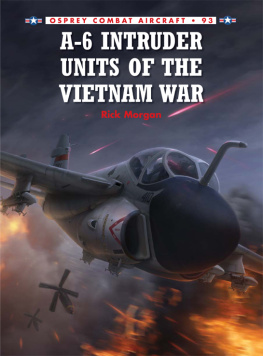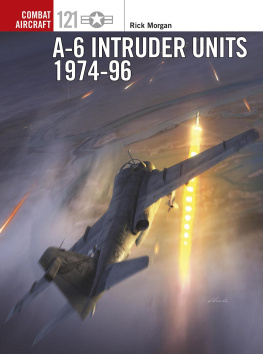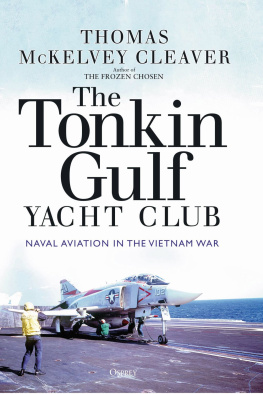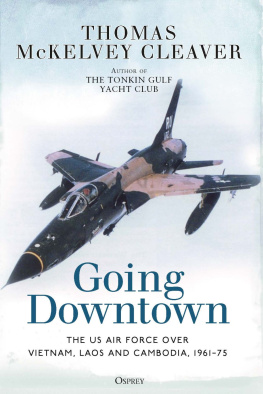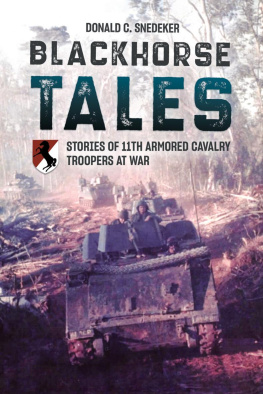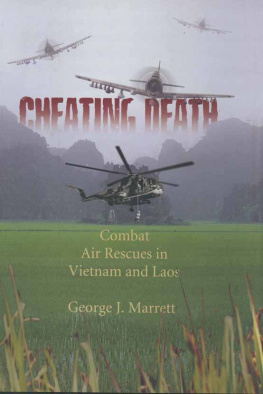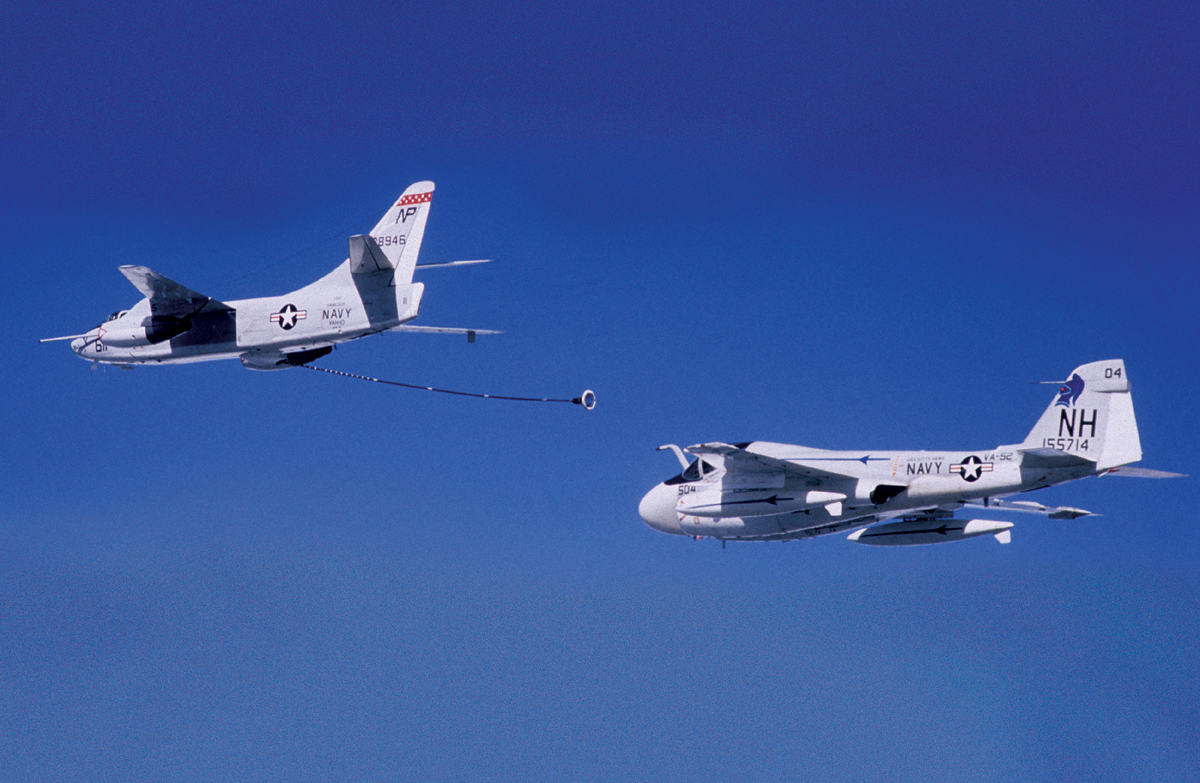SERIES EDITOR: TONY HOLMES
OSPREY COMBAT AIRCRAFT 93
A-6 INTRUDER UNITS OF THE VIETNAM WAR
RICK MORGAN
CONTENTS
INTRODUCTION
G rummans remarkable A-6 family of aircraft flew for more than four decades with the US Navy and Marine Corps. Never exported, the Intruder personified what was called Medium Attack in the Naval services from the early 1960s through to the mid-1990s, and provided what was described as all-weather strike capability over multiple wars, fracases and incidents. The A-6, and its derivatives, was a critically important strike aircraft that ranks as one of the true classics of US naval aviation.
The need for what became Medium Attack dates from World War 2, where the US Navy deployed only a few carriers with air groups embarked that were specifically trained for night operations as the service worked to expand the conditions it could apply combat effects in. Following World War 2 the US Navy centred this capability in four composite (VC) night attack and fighter squadrons that supplied detachments (or teams) to its air groups. During the Korean War these small units typically flew three-seat AD-4N Skyraiders or single-seat F4U-5N Corsairs as night hecklers where, although they remained a thorn in the side of the Communists throughout the war, they provided only limited effects due to their small numbers and lack of suitable targeting systems.
Through the 1950s the US Navy rapidly expanded night attack operations in its air groups and carriers. By 1956 the Douglas AD-5N Skyraider had became the primary airframe in this area, although the mission was still largely conducted by specialised detachments from Naval Air Station (NAS) North Islands All-Weather Attack Squadron VA(AW)-35 and VA(AW)-33 out of NAS Atlantic City, New Jersey. While the AD had some capability, the pilot still had to largely rely on visually sighting his targets, either in moonlight or under flares. What the US Navy needed was a weapons system that could penetrate deep into enemy territory at low altitude in darkness and in foul weather and strike its targets without outside visual reference. In spite of its popular use, the term all-weather has always been somewhat overstated as there are certain extreme meteorological conditions in which no sane pilot will fly.
From 1956 the new Heavy Attack community, with the wondrous Douglas A3D Skywarrior, was coming on line, which provided a realistic carrier-based atomic strike capability. The US Navy was also working on what would become Light Attack, with smaller jet aircraft like the F9F-8B, FJ-4B and A4D taking over the job the F4U Corsair had done during the Korean War. Yet in spite of these developments, the service still required another aircraft to fill the area between daylight/visual strike and nuclear Armageddon. This was the basis for what became Medium Attack.
With this in mind, on 15 May 1957 the US Navys Bureau of Aeronautics (BuAer) released the initial requirement OA-01504 to 13 companies for a new all-weather attack aircraft. This design needed to fly long distances at high speeds with a heavy bomb load specifically something larger than the modest amounts that the mid-1950s jets were carrying, which rarely exceeded 2000 lbs.
While five firms chose to no bid the effort, eight responded, with Chance Vought, Douglas, Grumman, Martin, North American, Lockheed, Boeing and Bell submitting designs for what was now called VAX within BuAer. On 24 December Grumman Aircraft was declared the winner, with the new design being designated A2F-1.
In a world flush with pointy-nose designs flaunting afterburning engines, the new A2F was certainly different and befitting of the legendary Grumman Iron Works title. The design featured a pair of Pratt & Whitney J52 turbojet engines buried in the fuselage, and its odd shape big in the front (for separate ground mapping and targeting radars) and tapered at the rear led to the comment that If Grumman knows so much about building aircraft, why is it blunt in front and pointy at the back? As wryly stated by one observer, it was obviously not built to clear the theoretical 50-ft obstacle at the end of the runway, but to fly through it.
Grummans new A2F flying drumstick rolled out of its Calverton, New York, factory on 29 April 1960 and was christened Intruder. On paper it had all of the features the US Navy wanted, being touted as able to carry lots of ordnance over long distances. It was equipped with a state-of-the-art array of two radars and Littons highly touted ASQ-61 DIANE (Digital Integrated Attack Navigation Equipment) system, which would allow the crew of two to fly at very low altitudes in rough terrain at night and in most weather. In those terms it was groundbreaking. The US Air Force certainly had nothing like it.
By mid-1961 the US Navy had coined the term Medium Attack in its official documents to describe the A2Fs position in its aviation structure. This solidly placed the new type, and its personnel, between the existing jet attack types, who flew the A4D Skyhawk and FJ-4B Fury, and the formally established Heavy Attack category, which operated the A3D Skywarrior.
While the A3D-equipped Heavies proudly carried the officially recognised VAH designation, the medium and light Atkrons (attack squadrons) shared the VA title, with the terms VAM and VAL becoming informal ways to differentiate their roles the US Navy did eventually formalise the Light Attack designation as VAL for a single OV-10 Bronco unit that would serve in Vietnam. For the next 30 years these two groups were very much separate and distinct communities located at different bases with vastly different personalities. The Light Attack guys flew in single-seat, single-engined aircraft, while being Medium Attack meant two-seat, twin-engined All-Weather strikers, with a mission-specialist Naval Flight Officer (NFO) being equal to the pilot something more than a few Single Anchor VAL pilots had trouble accepting.
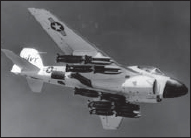
The original Intruder design, the Grumman A2F-1, was still recognisable as the flying tadpole of later years. This is airframe No 4, BuNo 147867, in an early publicity shot. The aircraft carries a maximum bomb load of 30 Mk 82 500-lb bombs, which would soon be reduced to 28. The forward/inside bombs on the inboard wing stations were removed due to potential interference with the forward main landing gear doors. By the time production of the A-6A commenced, the aircrafts rudder had been enlarged, a refuelling probe fitted, wingtip speed brakes installed and the moveable engine exhausts fixed in place (Grumman courtesy the Grumman Historical Center)
The addition of the second seat was critical, as no small part of the Intruders eventual success was in fact due to its crew of two a Naval Aviator and a Bombardier-Navigator (B/N), the latter being a commissioned officer who was initially rated as a Naval Air Observer (NAO).
The concept of the NAO went back to observers in World War 1-era aircraft, and it had developed over time to include navigators and gunners, many of which were enlisted men or warrant officers, particularly in the Marine Corps. The advent of jet aircraft and complex weapons systems led to training commissioned officers as B/Ns, initially in the heavy attack community. Within the carrier US Navy in the early 1960s the introduction of the F-4, A-5, A-6 and E-2 all led to a rapid increase in the population of NAOs.
Next page
